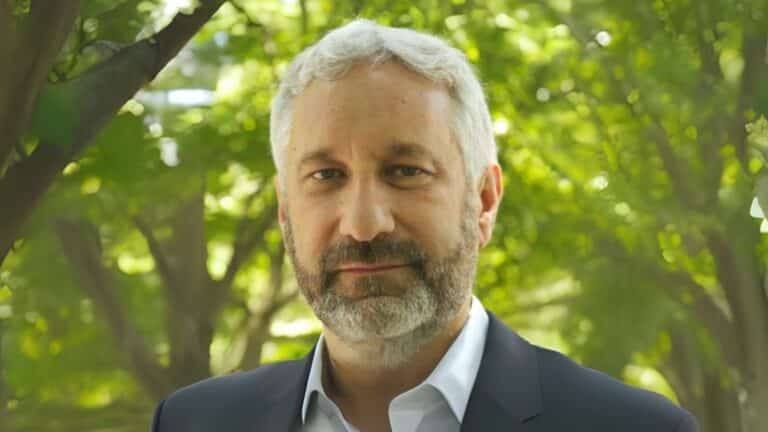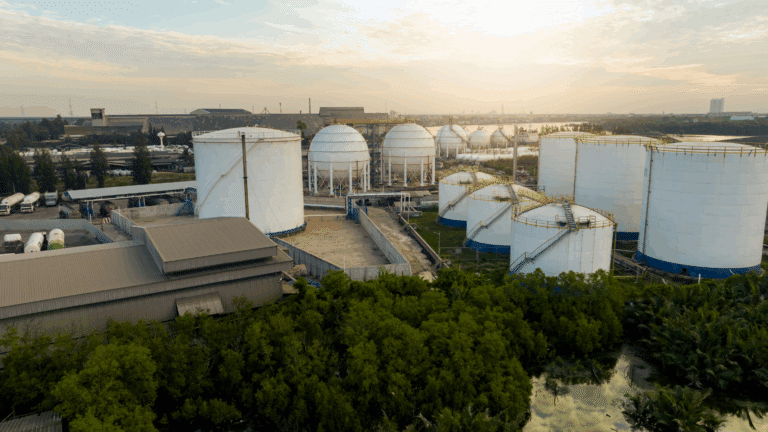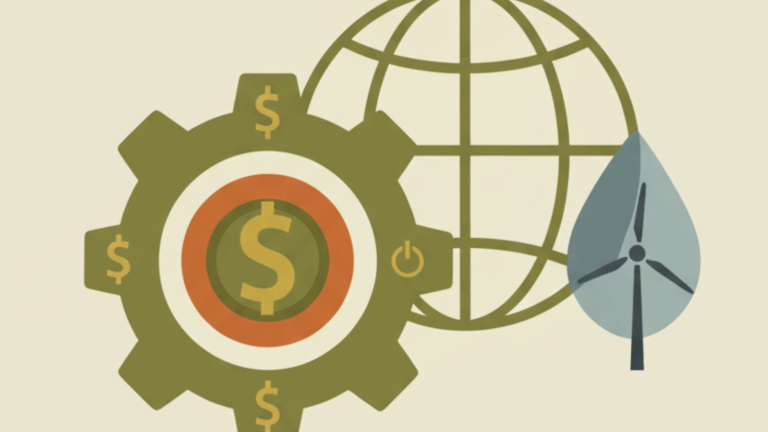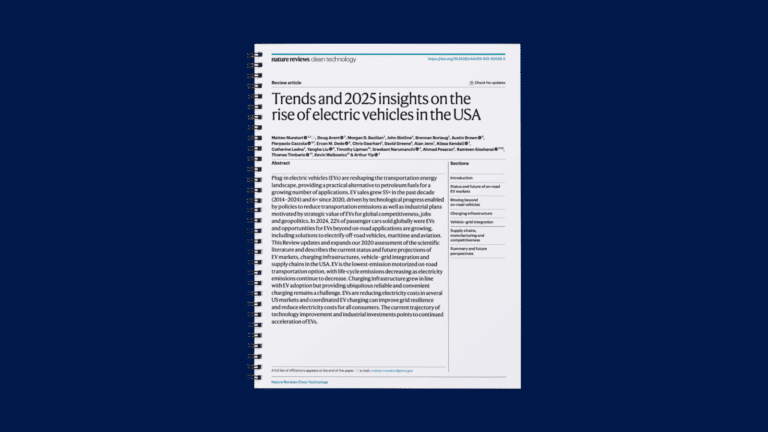This event summary reflects the authors’ understanding of key points made in the course of the discussion. It does not necessarily represent the views of the Center on Global Energy Policy. The summary may be subject to further revision.
Contributions to SIPA for the benefit of CGEP are general use gifts, which gives the Center discretion in how it allocates these funds. More information is available on our Partners page. Rare cases of sponsored projects are clearly indicated.
On June 18, 2024, the Center on Global Energy Policy (CGEP), Columbia University SIPA, hosted a private roundtable conducted on a not-for-attribution basis that focused on key geopolitical issues and oil markets in various hotspots, including the Middle East, Russia/Ukraine, China, and the Americas (both Latin America and the United States, where the electoral landscape has changed substantially since the event was held). Participants included senior corporate executives, civil society representatives, energy analysts, and experts from academia and think tanks. This roundtable report summarizes the discussion that took place across the range of topics covered.
The Middle East: OPEC Priorities, the Israel–Hamas Conflict, and Iran
Several roundtable panelists addressed aspects of geopolitics in the Middle East and their impact on oil markets. The discussion began with a spotlight on the Organization of the Petroleum Exporting Countries (OPEC) and its allies, also known as OPEC+, following its early June meeting in which it announced: 1) an extension of its deep cuts through Q3 2024; 2) a plan to gradually taper these cuts and add back supply (just over 2 million barrels per day [b/d]) between Q4 2024 and Q3 2025; and 3) the extension of the group’s coordination and cohesion through 2025.[i] A key point raised by the participants was that much of OPEC+’s plans are extremely subject to market conditions—the initial oil market reaction to the meeting outcome was bearish, and while oil prices did recover in the subsequent weeks into July, at the time of this publication Brent prices continue to trade close to $80/barrel of crude oil (bbl). OPEC+ subsequently had a meeting on August 1, with no change announced to its plan ahead (a much higher price of more than $90/bbl or much lower price closer to $70/bbl could have prompted some shifts in the messaging, but not current/recent price levels, although the group reiterated that its plans are subject to change based on market conditions and that compensation cuts will limit the pace at which supply returns).[ii] Looking to 2025, the panelists noted that OPEC+ will likely seek to add supply back while managing the market carefully. According to the panelists, one aspect of the recently announced deal that automatically adds supply is a 300,000 b/d higher baseline for the United Arab Emirates (UAE) next year. Saudi Arabia will also be looking to gradually reverse its extremely deep (and disproportionate to the rest of the group) cut amid difficult spending reductions and to refocus on key priorities. The panelists noted, however, that the group has limited appetite for a 2015-style market-share grab strategy as this would have revenue/budget impacts on all group members.
One oil price dynamic that OPEC+ has had to navigate is that geopolitical risk has ebbed and flowed—with participants viewing current price levels as having almost no embedded premium. The Israel–Hamas conflict that began last October threatened to inject meaningful risk into oil markets at various points, but its price impact has been fleeting. Participants were focused on the possibility that the conflict would expand, particularly through the involvement of Hezbollah in Lebanon and the Houthis in Yemen. In addition, amid the recent flux in US politics (highlighted below), they noted that other emboldened actors in the region could take steps that add in new risks over the next few months. Participants also discussed Iran as a key hotspot, noting that the country had largely avoided regional escalations over the past few months and could remain under the radar in the coming months (through US elections), though warned that a return of former President Donald Trump to the White House could lead to much sharper and more antagonistic rhetoric against the Iranian regime from 2025 onward. That said, the impact of such a development to Iranian supply and exports on the oil market could be limited—panelists noted that exports are largely directed toward China and the US government (regardless of who is in the White House) may have limited ability to impact this trade. While a Trump administration could prevent ongoing growth of supply/exports for Iran, it is unlikely that it would be able to cause a reduction of current levels next year.
US Elections and the Possible Bifurcation of Energy Policy from 2025
Several roundtable discussion threads addressed the US elections in relation to many of the other topics highlighted here as well as the longer-term energy transition and climate policy matters. The panelists discussed the differences between a second Trump administration and a continued Biden administration, though several weeks after the event President Biden stepped aside from his re-election campaign and passed the torch to Vice President Kamala Harris.
A recurrent theme in the discussion was how the two prospective administrations would manage key geopolitical hotspots. The panelists highlighted that sanctions policy will be a key area of divergence—relevant for Russia in particular (detailed below) but also Iran and Venezuela. A return of Trump could well shift the primary target of US sanctions from Russia to China, from both a trade and economic perspective. The experts noted that the Biden administration has shied away from focusing too much on oil/energy, given the potential impact of oil prices on the election itself. But they also noted that should President Biden be re-elected, oil/energy could be brought back as targets for enforcement amid lower price sensitivity post-election.
Another area that participants touched on is the rhetoric and messaging around the energy transition—both domestically as well as with international partners. The panelists noted that a Trump administration would likely deprioritize transition-focused partnerships and investments and elevate oil (as well as natural gas and LNG) as a key geopolitical tool (including with OPEC+, as he has boasted in the past). A continued Biden administration, by contrast, would double-down on those partnerships and investments. The participants also discussed the possible impacts of the election outcome on US supply. Many saw industry and investor trends/dynamics as more likely to impact the supply outlook than the presidential election itself. Factors such as the mergers/acquisitions boom, continued investor focus on returns/cash flows over growth, wellhead productivity trends, and industry innovation, including the use of AI and other technologies, were seen as key focal areas. Some saw the 14 million b/d threshold as likely where US supply (for crude and condensate) would peak close to 2030—perhaps followed by a plateau rather than a decline.
Russia, China, and the Latest on Sanctions
The roundtable addressed both Russia and China directly, with Russia the subject of a panel session of its own. Russia experts noted that global oil markets over the last few years have been favorable to the country, despite efforts to sanction supply and introduce price caps to lower revenues. OPEC+ cohesion, led by deep cuts from Saudi Arabia, have been beneficial from a budget standpoint—the experts noted that ongoing cooperation with the group is therefore very much in Russia’s interest. On this front, the panelists pointed out that Russia cannot meaningfully increase supply even if it wanted to and does not wish to see a large drop in oil prices that would threaten its ability to continue funding its ongoing invasion of Ukraine. The panelists saw a Russian war machine that is getting stronger, and the introduction of a new defense minister as likely to make it more efficient. While they do not expect any near-term resolution to the conflict, they observed that the introduction of secondary sanctions could make it more complicated for other parties to do business with Russian banks, though energy will be exempted for now. In terms of the US election, panelists suggested that another Trump term could bring a new approach to find a way past the existing standstill on the ground. On the other hand, another Biden term would likely mean a continuation of maximum pressure on Russia, even if the results are fairly muted and the ability to sway other international parties to join in remains limited.
Several participants highlighted that China also remains an important player to keep an eye on. As they pointed out, China’s partnerships with and/or links to some of the key regions noted here—Russia, Saudi Arabia, Iran, and Venezuela—present ongoing geopolitical challenges to Western players. Russia has replaced Saudi Arabia as the top source of oil imports (as of last year), though Saudi Arabia remains an important partner. China is the key player for Iranian oil imports, though this does not show up in data as it is mostly driven by “teapot” refiners. The panelists noted that these links will be hard to break regardless of who wins the US election. Finally, they also discussed China’s economic shifts from 2025 onward. The Biden administration has remained wary of Chinese trade, and China’s exports include the key areas of new/renewable energy and technology/semiconductors. In the view of the panelists, US tariffs on China are unlikely to be lifted regardless of who is the next president. But a Trump presidency would likely amplify tensions with China meaningfully through new tariffs and messaging, frosting the US–China relationship (including from a climate perspective) while also potentially compelling China to strengthen its ties to other players.
The Latin American Energy Landscape
The roundtable also touched on Latin America as an important energy region to watch, with different noteworthy elements across countries. In terms of oil markets, the panelists observed that Latin America’s share of global production is significant at 10 percent, and oil constitutes an important industry to many of the individual countries in the region. In light of these points, they suggested that a quick energy transition following the prescribed net-zero pathway could actually be damaging to the region economically, whereas more realistic energy transition pathways (where demand for oil in particular still has some room for growth before peaking, plateauing for some time, and then materially declining) still point to a sizable call on supply from the region.
The experts noted that Guyana and Brazil, in particular, continue to push ahead with plans to increase supply, with strong visibility on the project pipeline as well as reliable partners. While they foresee Brazil experiencing a peak and then a decline beyond 2030, they suggested this could be demand-dependent. Elsewhere, as the panelists highlighted, Colombia has forged a more transition/climate-forward message and has stopped exploration. This could put the country in a tough spot—less from an oil standpoint than a natural gas one. In Venezuela, much near-term focus will be on the election, which has concluded with much controversy since the roundtable was held, and its impact on US policy in particular—but, as the experts pointed out, oil supply levels are likely to continue to drift higher, having some but not an outsized impact on the global market. Lastly, in Mexico, the panelists noted that after recent elections the financial fragility of PEMEX remains a key area to watch since it could potentially impact the Mexican government’s finances. As was discussed, the management of energy policy-making will inevitably be closely intertwined with the health of PEMEX, around which the roundtable highlighted significant ongoing risks.
About the Author
Abhi Rajendran has been an Adjunct Research Scholar at Columbia University’s Center on Global Energy Policy (CGEP) since 2020. In his full-time capacity, he is a Director of Research & Advisory at Energy Intelligence. He leads the firm’s oil/downstream markets-focused research practice, and is also responsible for identifying/analyzing key trends across global energy sub-sectors including the energy transition and corporate strategies.
Prior to joining Energy Intelligence in July 2017, Mr. Rajendran spent two years as an investor in the following sectors—Energy (E&Ps, OFS, Infrastructure/MLPs, Majors/Integrated), Renewables, Refining and Chemicals (Petrochemicals, Specialty Chemicals). Mr. Rajendran also spent over seven years as a sell-side equity research analyst, including five at Credit Suisse where he was a lead analyst for the MLP/Infrastructure/LNG sectors and also covered Chemicals.
Mr. Rajendran earned a bachelor of arts in Computer Science & Economics from Cornell University and holds a master of science in Information Systems Management from Carnegie Mellon University.
[i] OPEC website, “37th OPEC and Non-OPEC Ministerial Meeting, June 2, 2024, https://www.opec.org/opec_web/en/press_room/7337.htm.
[ii] OPEC website, “55th JMMC Meeting Highlights Commitment to Production Conformity and Continued Oil Market Assessment,” August 1, 2024, https://www.opec.org/opec_web/en/press_room/7359.htm.





